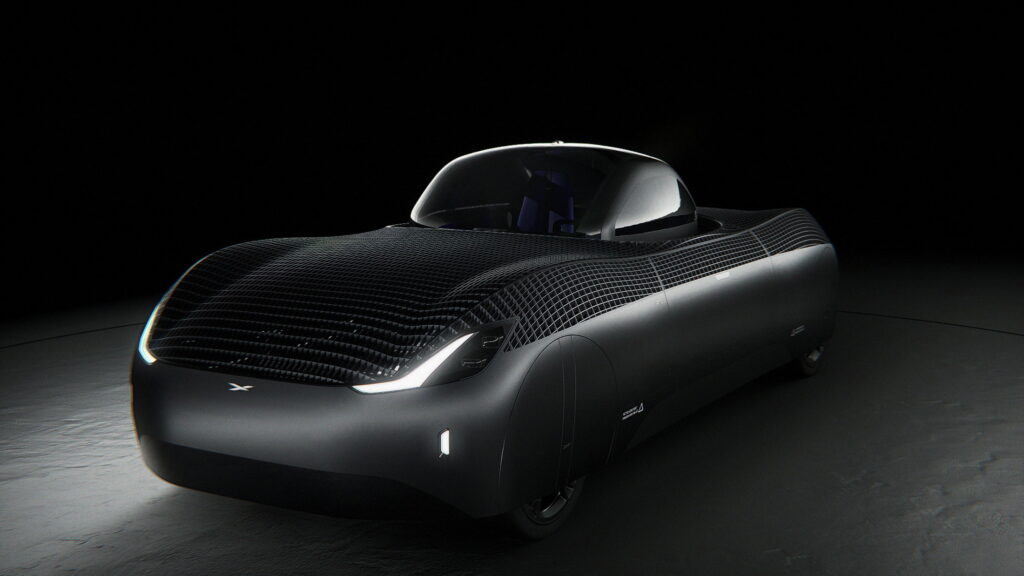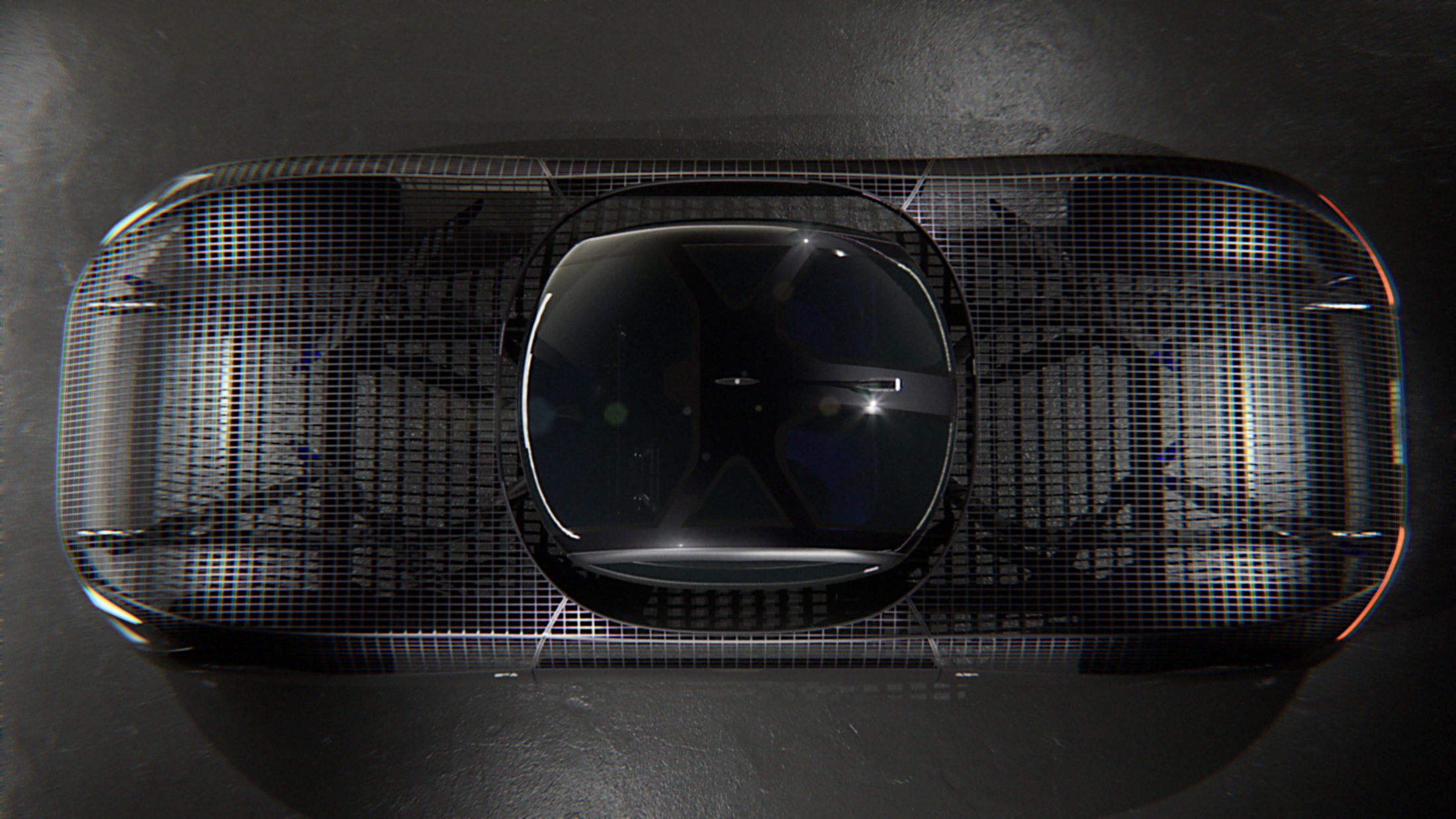Alef Aeronautics, a company working to develop a flying car, claims that it has received more than $250 million worth of pre-orders for its upcoming Model A. Although the vehicle looks like a car from the side, it contains propellers within it that allow it to take off and land vertically.
The startup announced last week that, like other companies in the field, it had received a Special Airworthiness Certification from the Federal Aviation Administration (FAA), for the car. That will allow Alef to conduct further testing, as well as demonstration flights, in the near future.
In the last quarter of 2022, the startup said that it had received 440 pre-orders, including one fleet order from a “large Hong Kong-based aviation technology company.” It told Insider this week that it now has the equivalent of more than twice that many.
Read: Alef’s $300,000 eVTOL That Looks Like A Car Gets U.S. Approval To Fly

Although it did not share the precise number of pre-orders, its claim that it has received $250 million worth of Model As in reservations suggests that it has at least 834 orders, since the vehicles are priced at $300,000 each.
Pre-orders of the Model A started in October 2022, with customers offered two deposit levels. Interested parties can either put down a standard $150 deposit, or a $1,500 deposit to join the priority queue.
The Model A is designed to have a car-like body through which air can flow vertically, allowing eight fans hidden behind the body panels to work. More to the point, Alef Aeronautics claims that the vehicle will be able to fit anywhere a modern car does, making it a true flying car, not just an electric vertical take off and landing pod with wheels.
On the ground, the startup claims that the Model A will have a range of 200 miles (322 km), while it is expected to be able to fly up to 110 miles (117 km) on a single charge of its batteries. It expects deliveries of the first examples to start in the fourth quarter of 2025.










